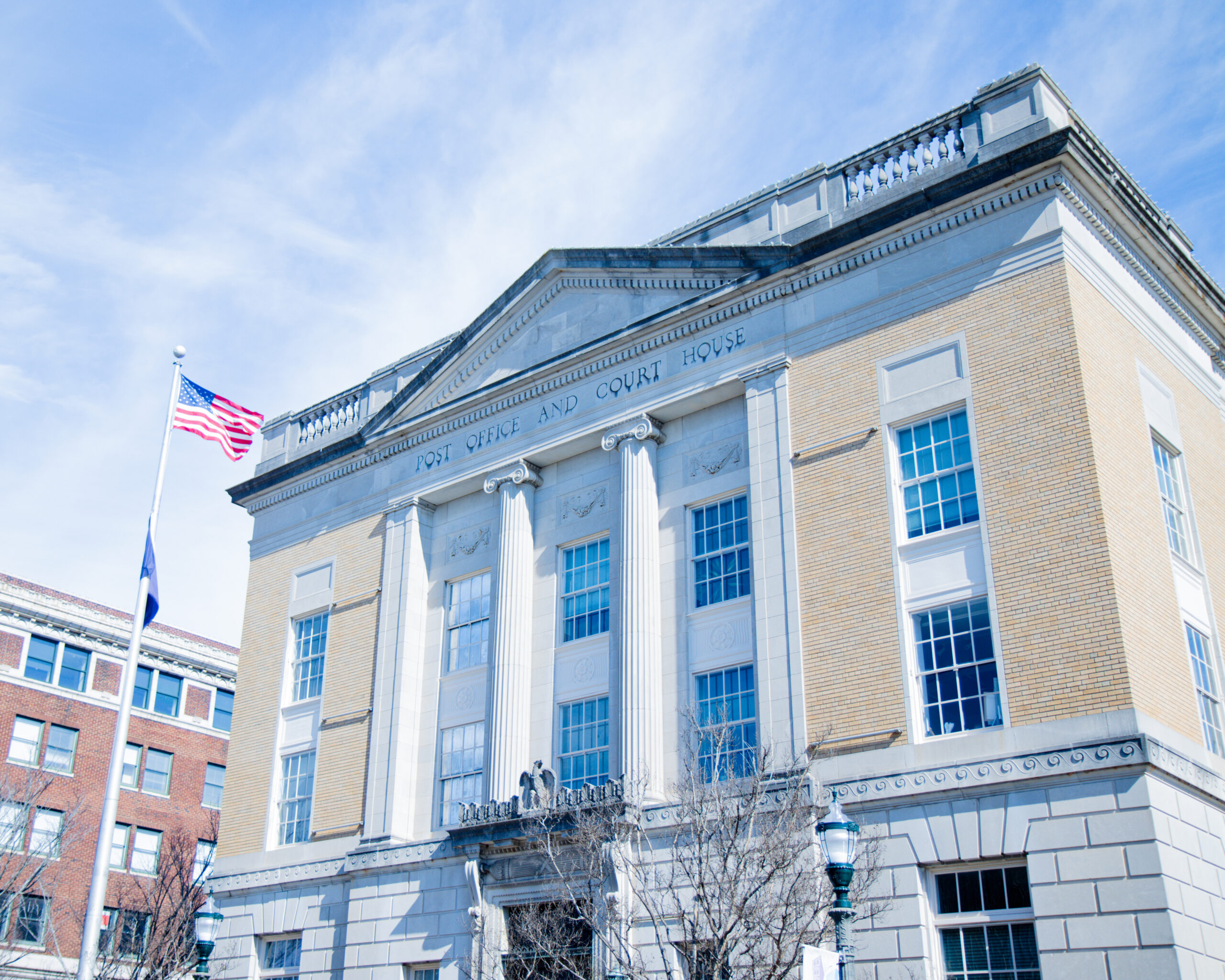Pancreatic cancer affects middle-aged adults, an age group for students’ parents and older relatives
Senior mass communication major Emily Daise is among the age group that is usually not affected with pancreatic cancer — young adults.
“People in the age range of 20 to 34 constitute only 0.5 percent of the new cases each year,” said Laura Glasscock, an adjunct biology professor at Winthrop.
“Pancreatic cancer is not a cancer prevalent to the college age population, so it is not something we deal with in college health,” said Mary Jo Barreto, the assistant director of Health and Counseling Services. However, it can still impact college student’s lives through their loved ones.
Daise lost her aunt, Emily Morrison, to pancreatic cancer in September 2012.
“It made me feel sad seeing her go through it because it was the worst type of cancer,” Daise said. “She was such an active person; she sewed, cooked and did a lot for her church and the community.”
According to the American Cancer Society, most people with pancreatic cancer are over 45 years old when they are diagnosed.
Freshman social work major Lilly Doyle’s father, Brian, who she called her “best friend,” was diagnosed with stage three pancreatic cancer on July 16, 2016.
“His tumor is wrapped around the main arteries that go through the pancreas making it inoperable and terminal,” Doyle said. “It took my whole family by surprise. I was devastated and confused why this was happening.”
The pancreas releases, or secretes, enzymes and hormones that aid digestion, including insulin. Pancreatic cancer is when the cells in a pancreas undergo mutation.
These mutations cause cells to grow uncontrollably and to continue living after normal cells would die,” according to Mayo Clinic, a non-profit organization that provides clinical practices, education and research. “These accumulating cells can form a tumor. Untreated pancreatic cancer spreads to nearby organs and blood vessels.”
Symptoms can include weight loss, abdominal pain, nausea, jaundice, fatigue, depression, loss of appetite and other symptoms.
“With the many types of cancers there are risk factors you can change and some you cannot,” Barreto said. Family history is a common risk factor for pancreatic cancer. Other risk factors include diabetes, obesity and smoking.
There are 53,670 estimated new cases of pancreatic cancer, which represents 3.2 percent of all new cancer cases in 2017, according to the National Cancer Institute Surveillance, Epidemiology and End Results Program. Pancreatic cancer is responsible for estimated 43,090 deaths, representing 7.2 percent of all cancer deaths this year as well.
“Only 8.2 percent of people who have pancreatic cancer survive five years or more,” Glasscock said.
November represents many national observances, including pancreatic cancer awareness month. Glasscock also offered insight into why pancreatic cancer awareness does not yield as much attention as as breast cancer awareness.
“Compared to breast cancer where the risk is much higher for women, only 1.6 percent of men and women will be diagnosed with pancreatic cancer in their lifetime,” she said. “Pancreatic cancer is harder to diagnose and is often detected only after it is in advanced stages or has metastasized.”
Daise and Doyle contribute to pancreatic awareness month in their own ways.
“I encourage people is to eat right as well as exercise to possibly prevent any type of cancer,” Daise said.
“I do bone marrow drives at my school,” Doyle said.
Daise and Doyle both said that learning about their relatives having pancreatic cancer made them more conscious about their health and lifestyles.
“It scared me at how quickly things changed but not scared of that because his cancer was most likely caused by his smoking,” Doyle said.
“For people with pancreatic cysts or a family history of pancreatic cancer, some screening steps might help detect a problem early,” according to the Mayo Clinic.




